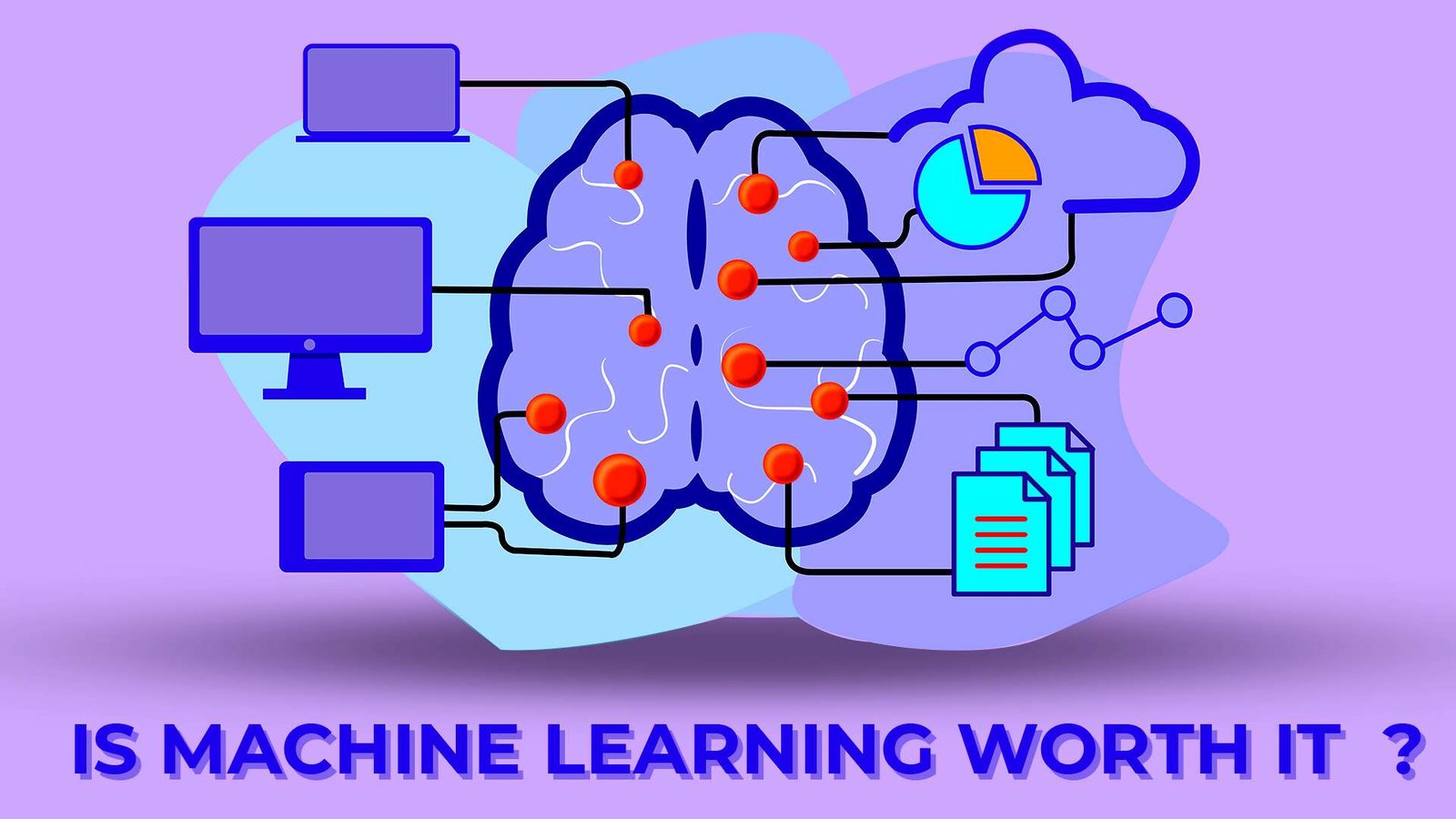Machine Learning is the power behind digital health, the bloodstream for digital survival,
and the brain for digital performances.
Methods of Machine Learning
The machine learning algorithms are quite complex to process therefore it is divided into segments to allow efficient understanding. Each segment has certain specific actions to be performed and a purpose to be achieved. So, let’s draw our attention towards the following segmentation.
Supervised Learning:
Supervised Learning: The supervised learning starts from a thorough understanding of the labeled data set. As a result, it provides scope to make healthy predictions for deriving better results. This learning methodology serves as the core input towards the desired output.
Here the comparison of the actual output with the desired output is carried out which helps to modify the model accordingly. On average 70% of Machine learning is backed by Supervised learning today. The supervised learning is followed by algorithms such as polynomial logistic regression, random forest, decision trees, naive Bayes, etc.
Unsupervised Learning:
In this training, the unlabeled or unknown data set is looked upon. This methodology is used to train or correct the existing model. Here, the trained model aims to search patterns and derive the desired output. Additionally, this algorithm breaks the code without any human intervention. 10-20% of machine learning is based on unsupervised learning. The unsupervised learning presently considers Partial least squares, K-means clustering, Apriori, Hierarchical clustering. Fuzzy means, etc. as the prominent algorithms.
Reinforcement Learning:
Similar to the traditional approach, where the data analysis is discovered using the trial and error method. This learning comprises three components namely – the agent, the environment, and the actions. The learner or the decision-maker is referred to as an agent, factors, and elements with which the agent interacts is called environment. Also, the actions are the tasks performed by agents. This helps to determine the ideal behavior to maximize performance.
Scope of Machine Learning
With the growing buzz of Machine Learning in the digital world, it has also become a prominent role player in our day-to-day life. Thus, it is hard to consider anything without the implementation of machine learning tools and techniques. The machine language has completely dominated the sphere knowingly and unknowingly. Google maps, google assistant, Alexa, Facebook, other social platforms, etc. are based on machine learning notions.
Largely the application of Machine learning can be witnesses in the following fields and activities:
1. Speech Recognition
2. Image Recognition
3. Product recommendations
4. Traffic Predictions
5. Risk Management
6. Email spam and malware filtration
7. Online Fraud Detection
8. Stock Market Trading
9. Automatic language Translation
10.Virtual Personal Assistant
11. Self-driving cars
12. Medical diagnosis
13. Banking and other financial sectors to name a few.
Conclusion
No wonder machine learning has the most powerful dominance in the entire digital ecosystem. Across the platter, where digital menus are served, machine learning contributes towards providing satisfaction for both thirst and hunger.
Machine learning has automated several processes and eliminated the complexity, but what’s still complicated is the implementation of the same. But no worries because we at Centrelocus bear this complication and surface simplicity to you.





